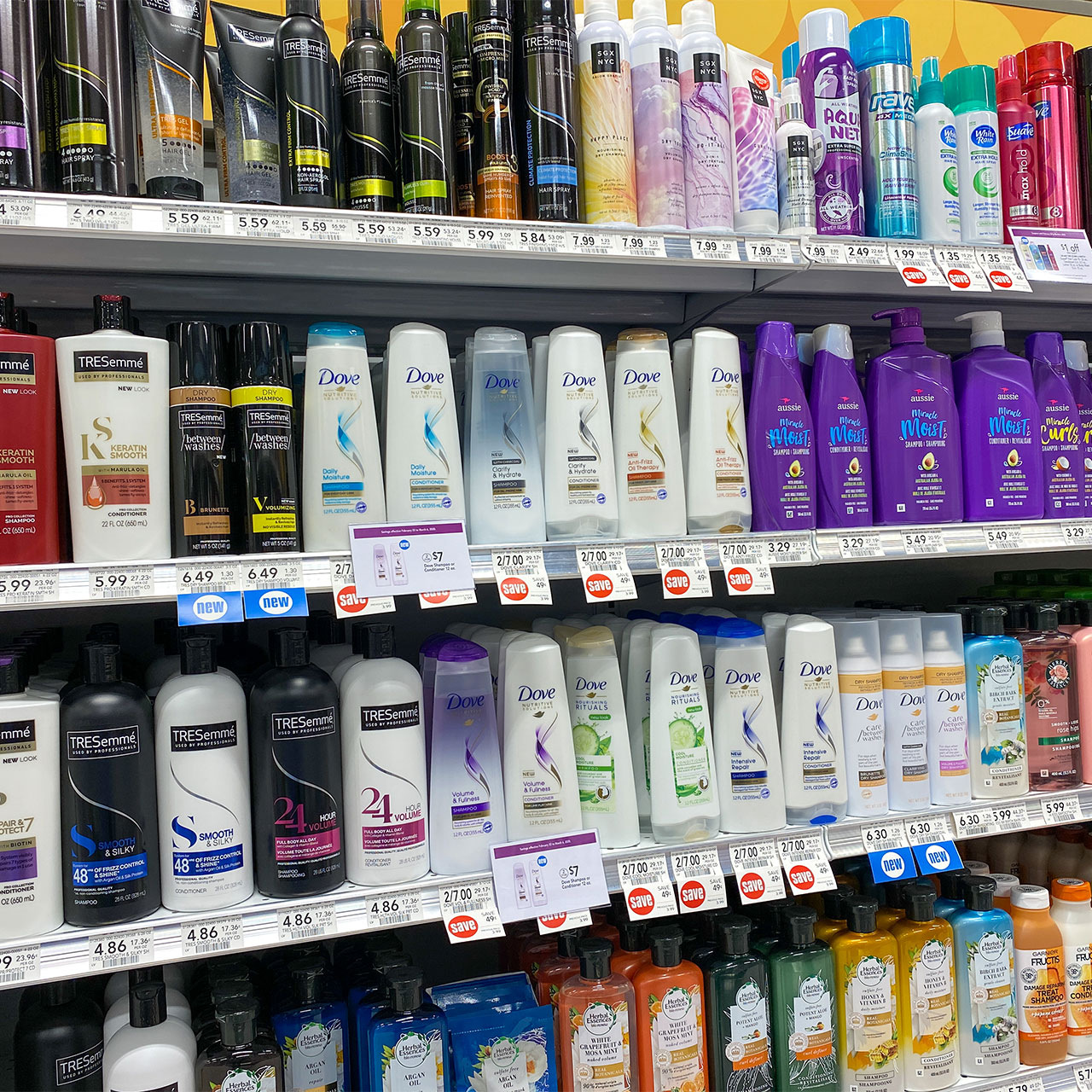This is an archived article and the information in the story may be outdated. Please check the time stamp on the story to see when it was updated last.

I’ll go to great lengths to maintain a smooth, even complexion, but chemical peels are the one skin treatment that I find both intriguing and terrifying. Nearly everyone I’ve ever spoken to who has had their dermatologist purposely damage superficial skin cells (which is basically what a chemical peel does) in order to uncover a more flawless layer of skin beneath has waxed poetic about the procedure. But those who’ve been burned by it? Literally, got burnt by it.
At-home chemical peels are an interesting option for those of us who have yet to venture into a doctor’s office to experience the real deal. Often called “brightening peels,” these treatments typically contain a much lower dosage of glycolic acid than you’d get from a doctor, but promise to provide the deepest exfoliation possible leaving you with fewer fine lines, reduced hyper-pigmentation and radiant skin. The question is: how well do they actually work?
Let’s start with a few chemical peel basics. “Chemical peeling is the application of a caustic chemical onto the skin to produce a controlled partial thickness injury,” says Dr. Jill Waibel, owner of Miami Dermatology & Laser Institute. “The agent removes varying amounts of epidermis and, depending on strength, affects dermal collagen. Wound repair consists of epidermal regeneration by migration from adnexa and the replacement of new dermal connective tissue leading to skin rejuvenation. Chemical peel wounding is based on their depth of penetration and injury.” Sounds intense, right?
Superficial peels, which describe the products often marketed as ‘at-home chemical peels,’ provoke mild skin peeling and refresh the skin, making them ideal for younger patients ages 25-40, Waibel says. But, as with any beauty product, it’s critical that you read labels, follow the specific instructions for how long you should keep the peel on your face before removing it and even speak with your dermatologist before incorporating a chemical peel into your skin care regimen.
“With chemical peels, the depth is determined by the agent used, the concentration of the agent and the time applied. While they can create a smoother, more radiant appearance on your face, it is important to make sure that you are using the product correctly,” says Dr. David E. Bank, director of The Center for Dermatology, Cosmetic & Laser Surgery. “Some labels on chemical peels that state percentages of acids contained in the product do not always truly reflect the actual clinically available concentration, so it is important to use these products with caution. All chemical peels create a mild burn, somewhere between first and second degree, and the body’s response to the burn is what yields the results; the peels that are two steps and have a neutralizing step are the key to being gentle yet effective.”
Our top picks if you’re looking to try an at-home chemical peel? Philosophy’s Resurface The Microdelivery Dual-Phase Peel is a two-step process, while Ole Henrikson Power Peel is a three-step process that contains a soothing post-exfoliation chamomile treatment.
While it would be unrealistic to assume any at-home skin care treatment can replace a much more expensive, but highly controlled in-office procedure, at-home chemical peels are omnipresent, relatively safe (remember: read and follow the directions carefully after consulting with your dermatologist if you have sensitive skin) and the perfect addition to your routine if you’re looking for a skin boost.
For more beauty news and advice, check out can any cream really erase wrinkles? and the shocking truth about the medical risk you take every time every time you try a new beauty product.



























